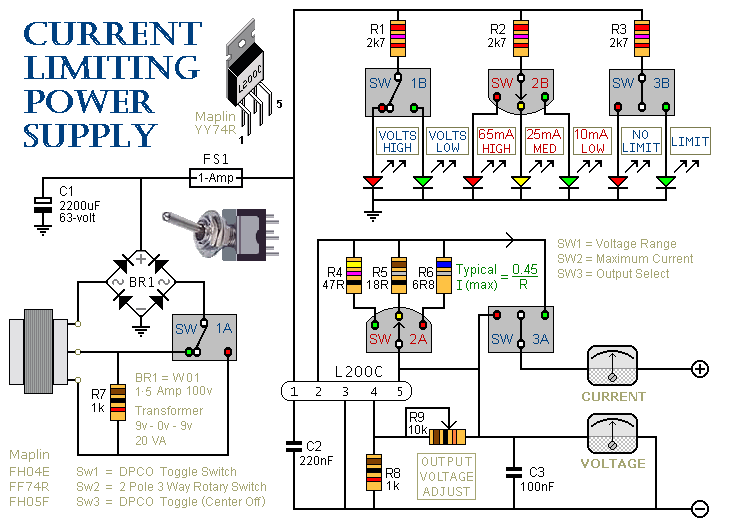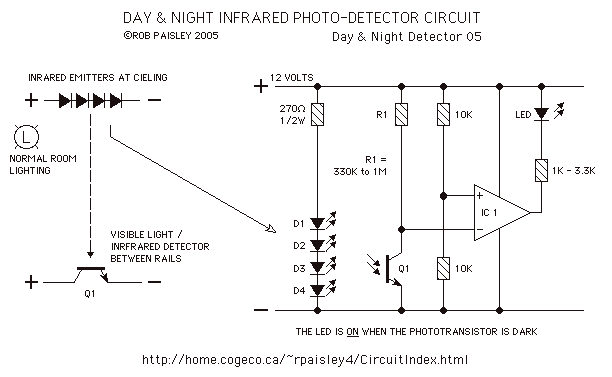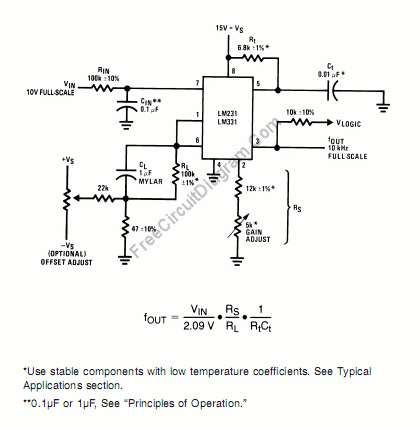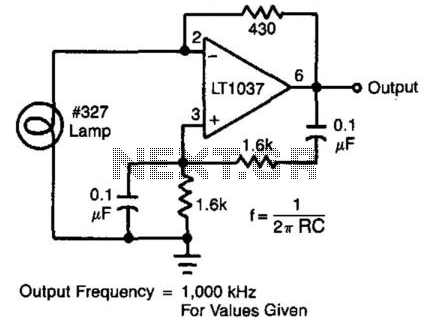
Simple Infrared Illuminator
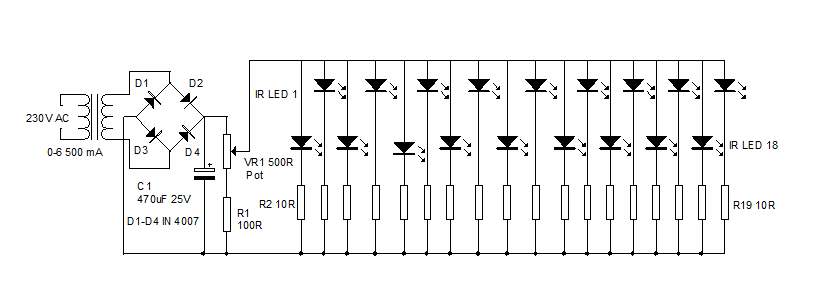
An infrared illuminator emits light in the infrared spectrum and is widely used in night vision cameras to capture images in the dark, particularly in applications such as CCTV cameras.
Infrared illuminators are essential components in various surveillance and imaging systems, particularly where visibility is limited. These devices operate by emitting infrared light, which is not visible to the human eye but can be detected by night vision cameras and other infrared-sensitive devices. The illuminators typically utilize infrared LED technology, which provides efficient and effective illumination in low-light conditions.
In a typical application, the infrared illuminator is strategically positioned to enhance the visibility of a designated area. When integrated with CCTV cameras, it allows for clear image capture during nighttime or in dark environments, thereby improving security and monitoring capabilities. The wavelength of the emitted infrared light usually falls within the range of 850 nm to 940 nm, with the 850 nm wavelength being more common due to its balance between visibility to cameras and minimal visibility to the human eye.
The design of an infrared illuminator may include features such as adjustable intensity, which allows users to modify the light output based on specific requirements, and various mounting options for flexibility in installation. Additionally, some models may incorporate motion sensors to activate the illuminator only when movement is detected, thereby conserving energy and prolonging the lifespan of the device.
Overall, infrared illuminators play a critical role in enhancing the functionality of night vision systems, ensuring that high-quality images can be captured in complete darkness, thus making them invaluable in security and surveillance applications.Infrared illuminator emit light in infrared spectrum its widely used in night vision cameras to capture images during in the dark, applications CCTV cameras.. 🔗 External reference
Infrared illuminators are essential components in various surveillance and imaging systems, particularly where visibility is limited. These devices operate by emitting infrared light, which is not visible to the human eye but can be detected by night vision cameras and other infrared-sensitive devices. The illuminators typically utilize infrared LED technology, which provides efficient and effective illumination in low-light conditions.
In a typical application, the infrared illuminator is strategically positioned to enhance the visibility of a designated area. When integrated with CCTV cameras, it allows for clear image capture during nighttime or in dark environments, thereby improving security and monitoring capabilities. The wavelength of the emitted infrared light usually falls within the range of 850 nm to 940 nm, with the 850 nm wavelength being more common due to its balance between visibility to cameras and minimal visibility to the human eye.
The design of an infrared illuminator may include features such as adjustable intensity, which allows users to modify the light output based on specific requirements, and various mounting options for flexibility in installation. Additionally, some models may incorporate motion sensors to activate the illuminator only when movement is detected, thereby conserving energy and prolonging the lifespan of the device.
Overall, infrared illuminators play a critical role in enhancing the functionality of night vision systems, ensuring that high-quality images can be captured in complete darkness, thus making them invaluable in security and surveillance applications.Infrared illuminator emit light in infrared spectrum its widely used in night vision cameras to capture images during in the dark, applications CCTV cameras.. 🔗 External reference

